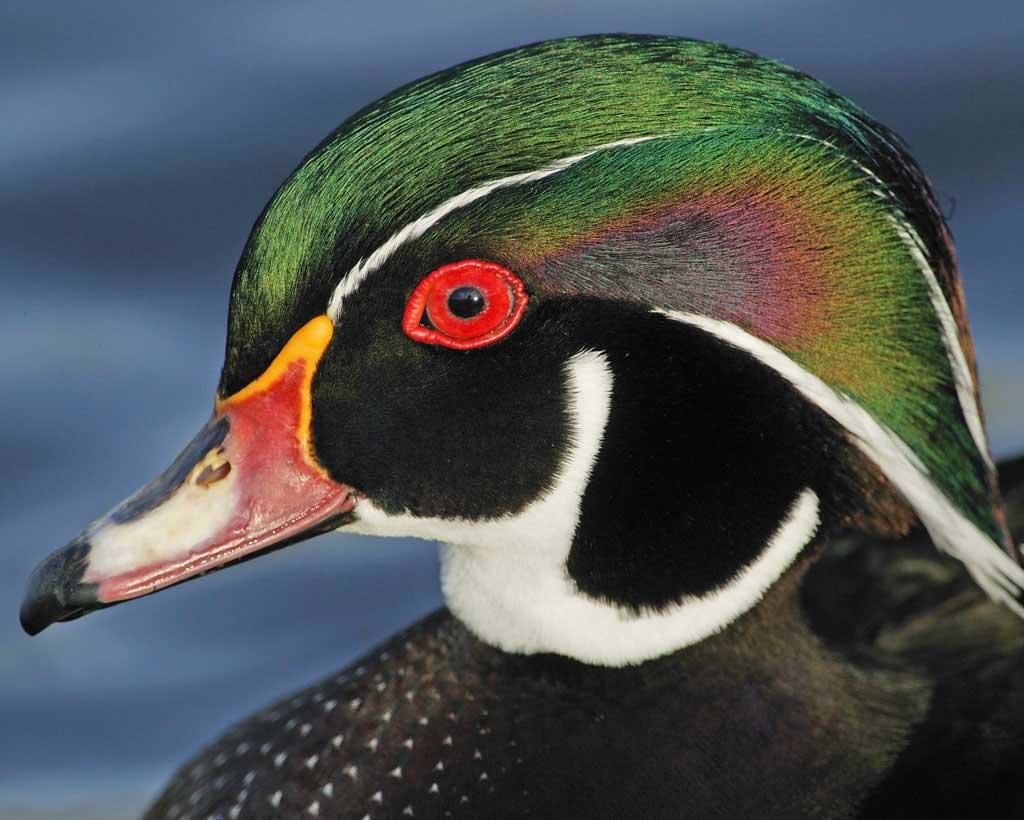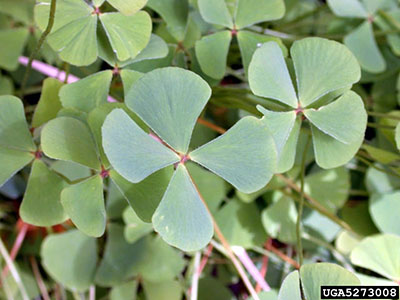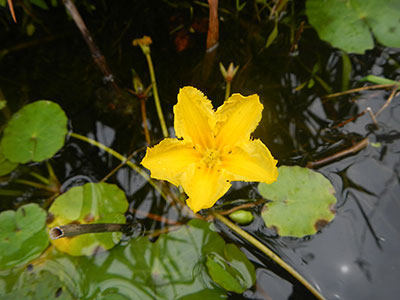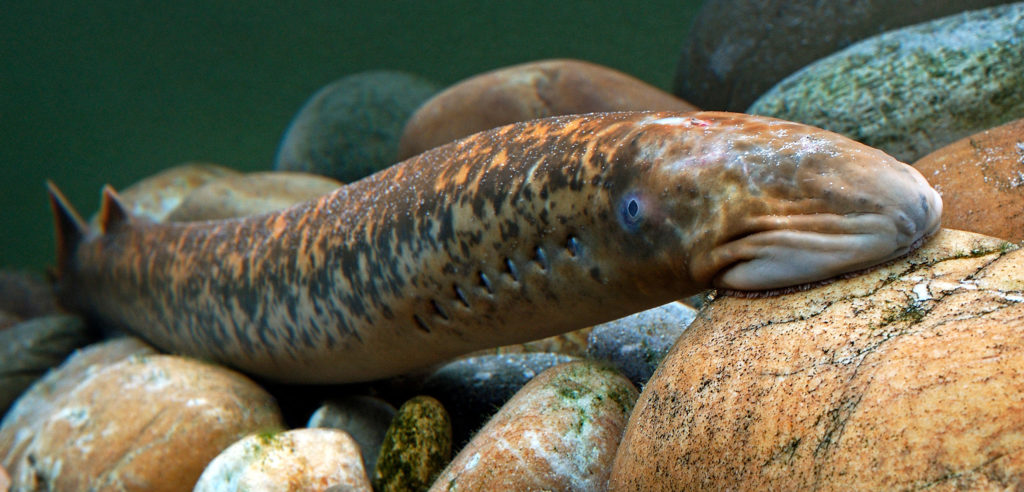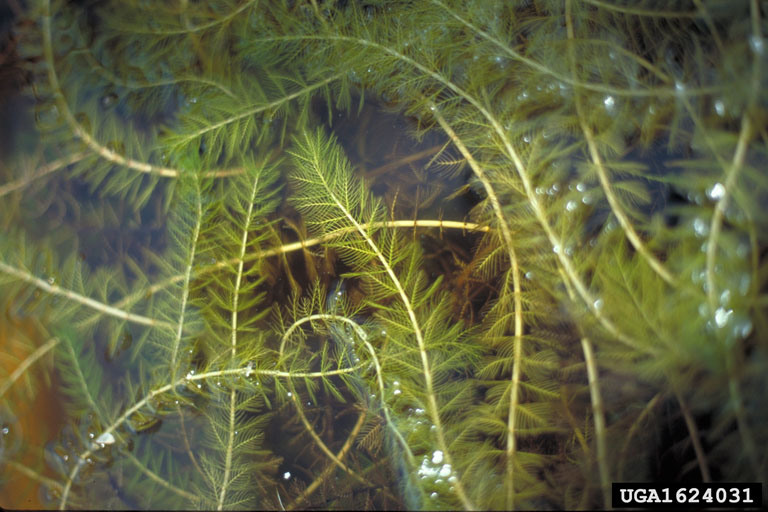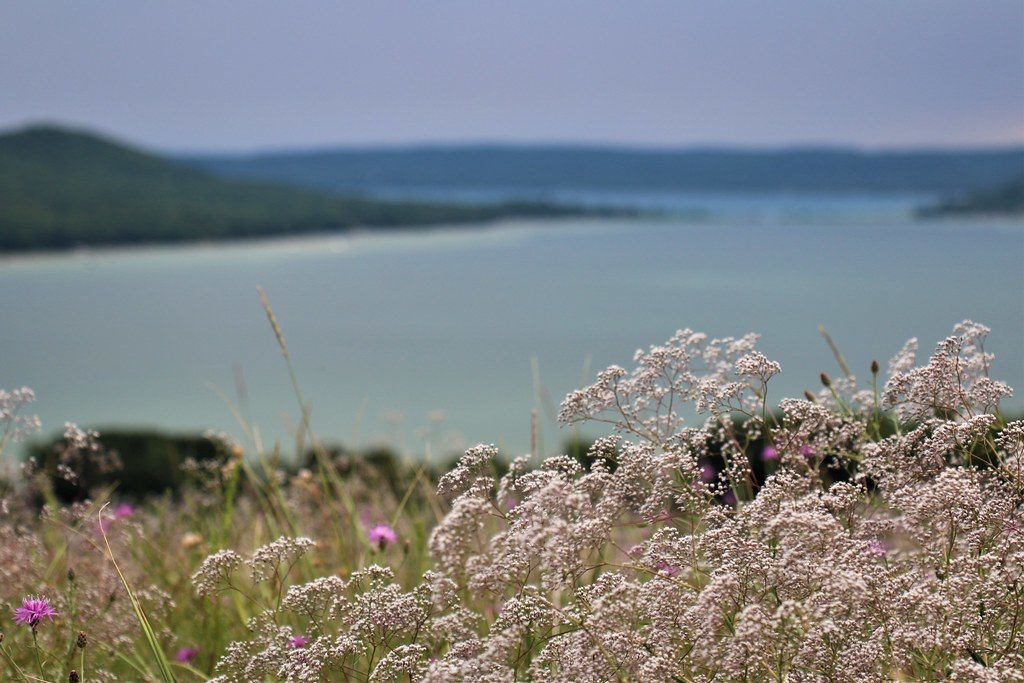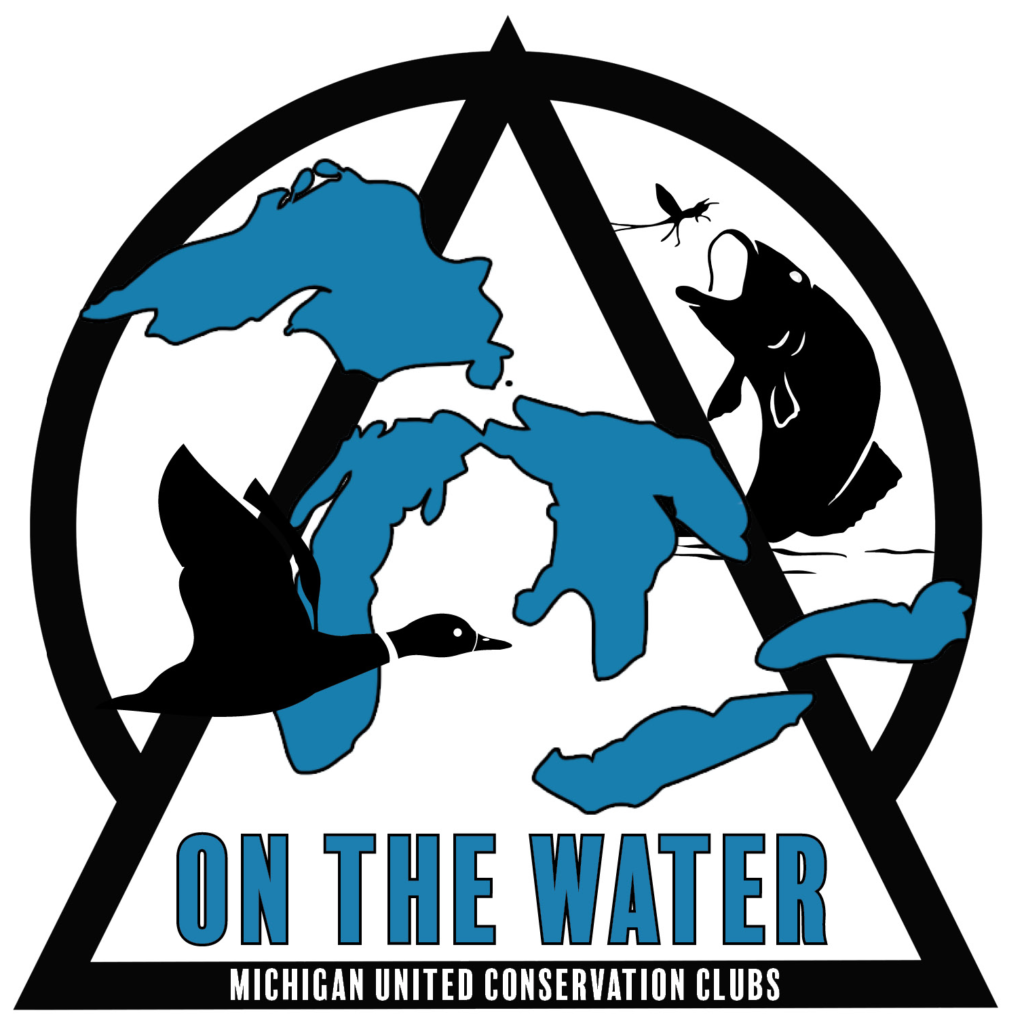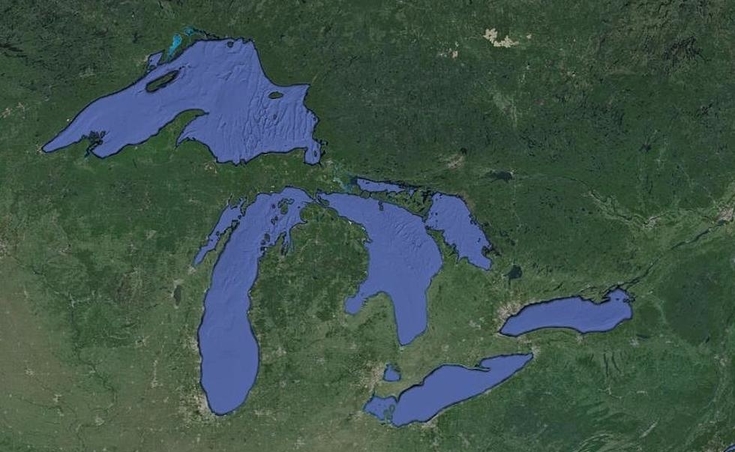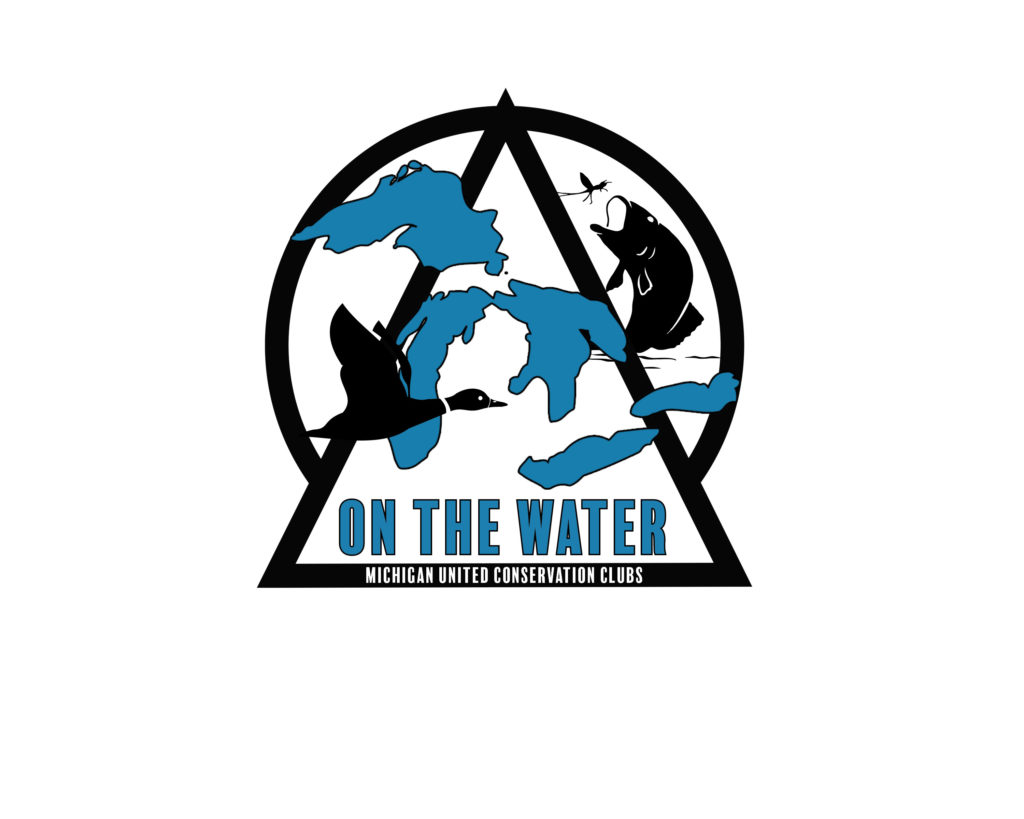Posts Tagged ‘OTW’
Wood Duck Box Making Project at Burchfield County Park!
“The Wood Duck are one of the most stunningly pretty of all waterfowl. Males are iridescent chestnut and green, with ornate patterns on nearly every feather; the elegant females have a distinctive profile and delicate white pattern around the eye. These birds live in wooded swamps, where they nest in holes in trees or in…
Read MoreEuropean water-clover
European water-clover(EWC) is an aquatic fern that can be located on “slow-moving waters like oxbow lakes, floodplains of major rivers, stream banks, flood channels, ditches, man-made fishponds, clay-pits, gravel pits, pig pastures, rice fields, hemp- and flax-steeping places, and water bodies polluted with heavy metals (Ahmad et al. 2010; Strat 2012; Schneider-Binder 2014). It had…
Read MoreYellow Floating Heart
The next aquatic invasive species up this week is the Yellow Floating Heart plant! This invasive perennial aquatic plant is found in slow-moving rivers, ponds, and lakes. The flowers are bright yellow with five petals, located above the surface of the water and the leaves are circular or heart-shaped and are alternately arranged on the…
Read MoreSea Lamprey and Round Goby
Sea lamprey are cartilaginous, jawless fish that are generally marine and ascend freshwater rivers to spawn. “Sea lampreys are unique from many other fishes in that they do not have jaws or other bony structures, and instead possess a skeleton made of cartilage. While sea lampreys resemble eels, they are not related and are set…
Read MoreEurasian Watermilfoil
One of the most known aquatic invasive species Eurasian Watermilfoil is present in almost every state in the US. It was discovered in the states in the 1940s and has been spreading ever since. According to the Michigan Invasive Species, “Eurasian watermilfoil inhabits water bodies ranging from fresh to brackish. Areas that have been disturbed…
Read MoreBaby’s Breath
At first glance, you might recognize Baby’s Breath, its the little white flower that is usually used as a filler flower in bouquets at special events. Very few people know the true negative impact this small flower has had on the dunes regions in the Great Lakes Region particularly along Lake Michigan. The origin of…
Read MoreThe Great Lakes
The Great Lakes Region is composed of five great lakes(Michigan, Huron, Ontario, Erie, and Superior), one small lake(Lake St.Clare), the St Lawrence seaway, and four connecting channels. Forty million residents of the United States and Canada depend on this system for clean drinking water. According to NOAA ” The Lakes draw $4 billion in recreation…
Read MoreMichigan Water Issues
The Great Lakes are a force to reckon with when it comes to freshwater. According to the United States, Environmental Protection Agency, “The Great Lakes hold 20 percent of the world’s freshwater and 84 percent of the drinkable freshwater in North America.” With this bountiful natural resource at our fingertips comes great responsibility, opportunities, and…
Read MoreGreat Lakes Aquatic Invasive Species
There are quite a few invasive species that call the Great Lakes their home, here are some of the top aquatic ones to look out for next time you are on the water…. Zebra Mussel Zebra Mussels get their name by the black stripe that is on the back of their shells, these mussels can…
Read MoreOTW: Review of the 2019 field season
On the Water which is funded by Consumers Energy has only been an implemented program for four months. In that short amount of time, this program has shown that it is committed to giving volunteers opportunities to give back to their local watersheds while bringing education and awareness during the event. These one-time events can…
Read More
